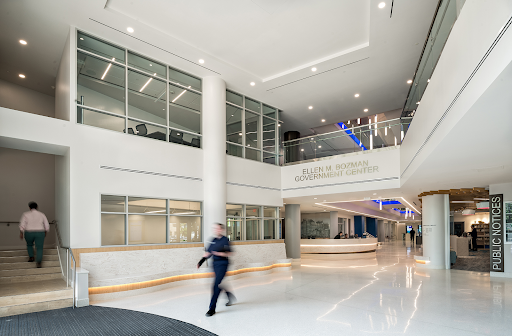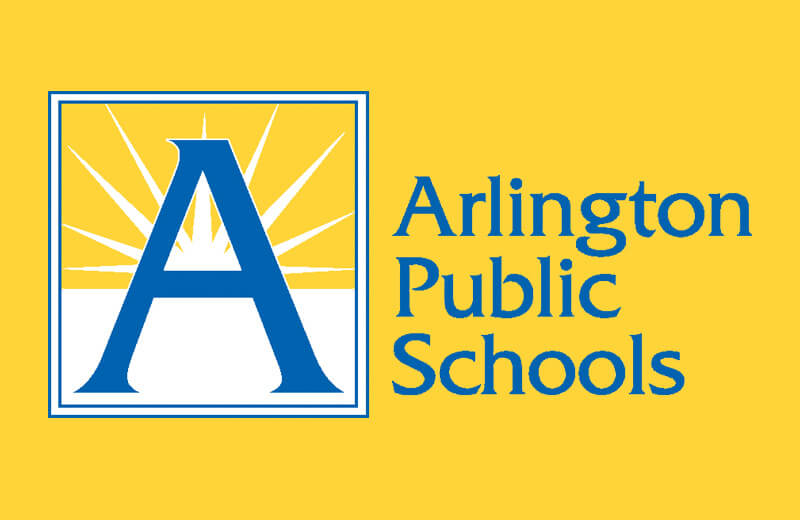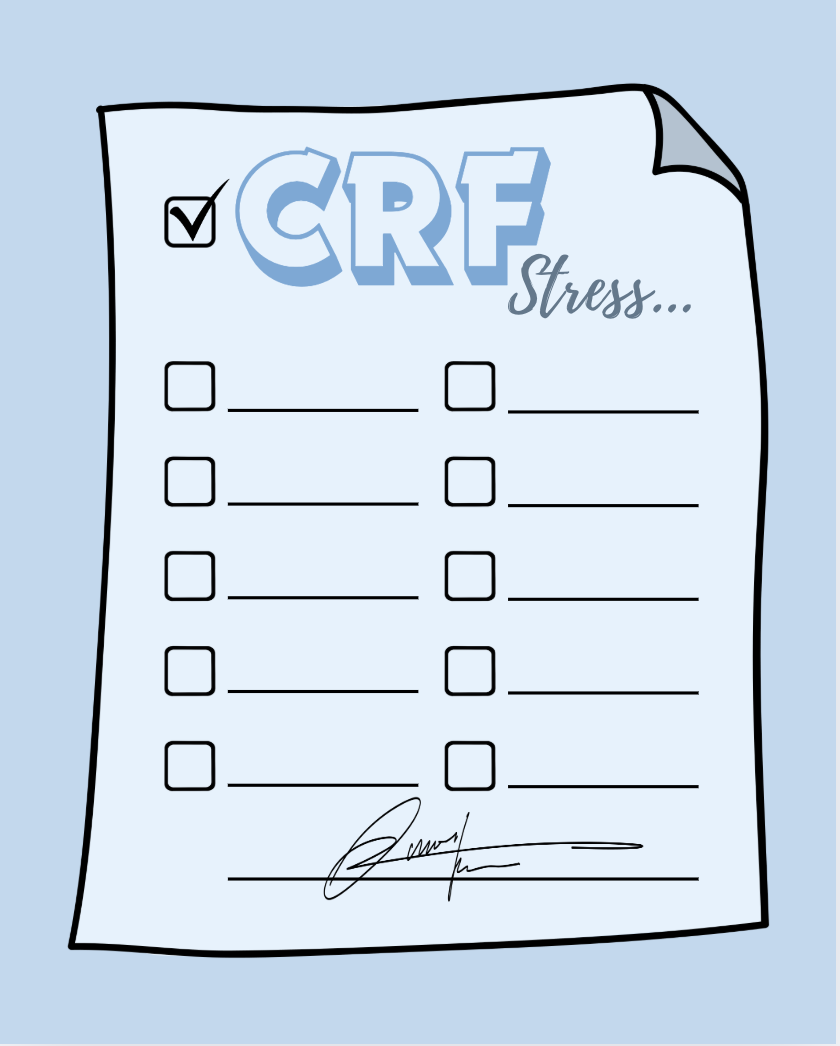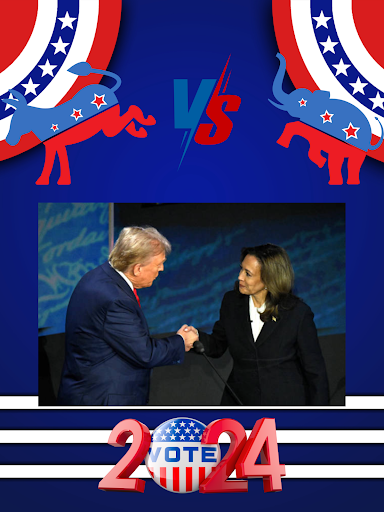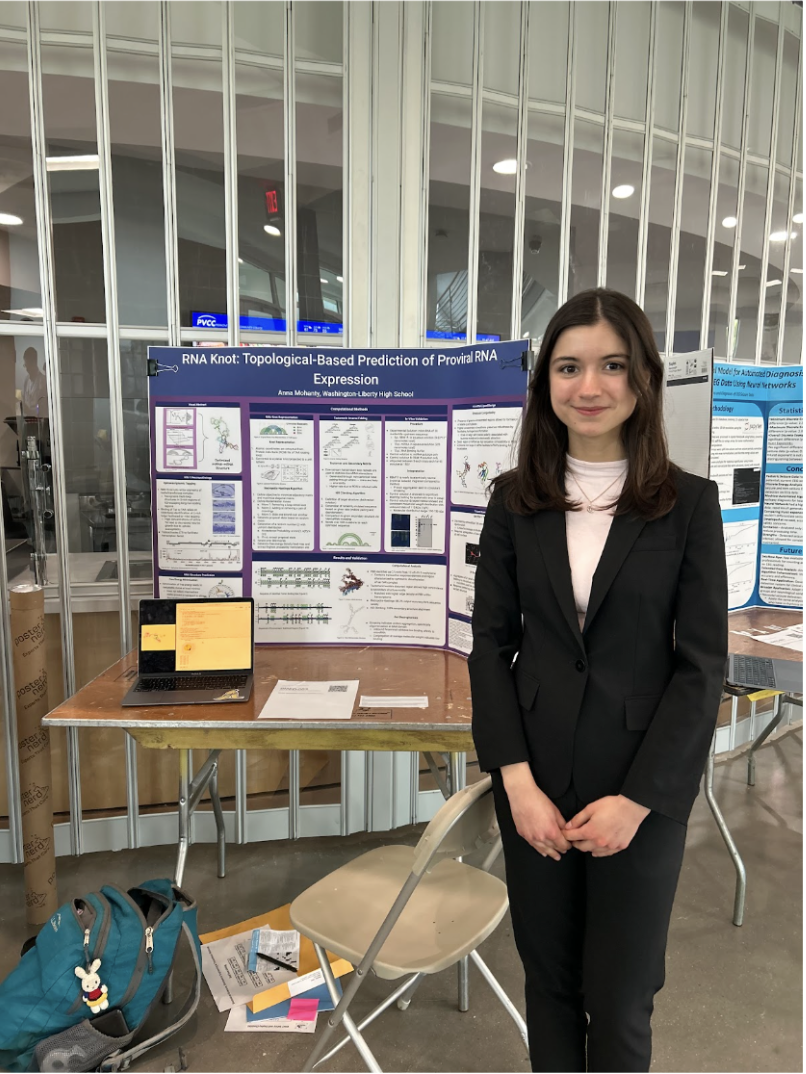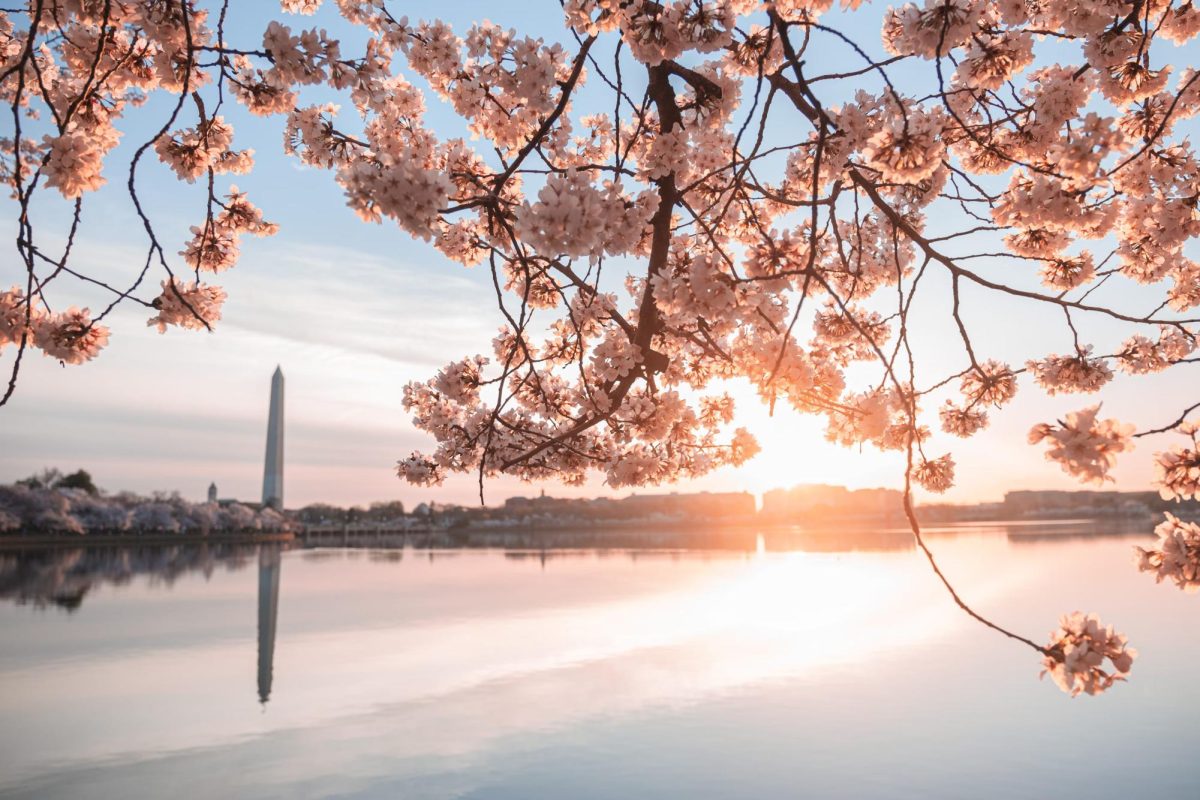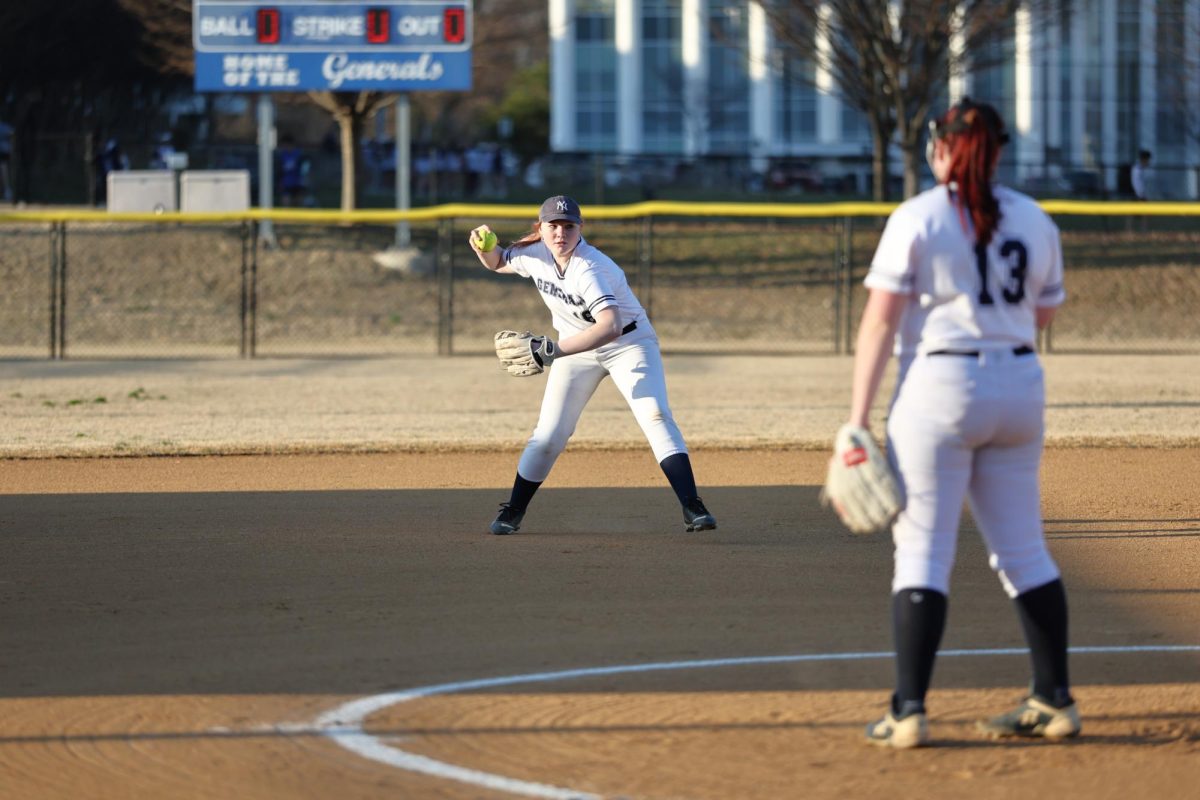The interest in Formula 1 (F1) in the United States (US) has grown significantly in the past couple of years. In 2018, around 500,000 Americans tuned in to watch these races. Fast forward to 2022, the viewership has increased to around 1.4 million. What is Formula 1? Formula 1 is an international car racing sport. Formula 1 has a set of rules and regulations that each team has to follow when building their cars. These rules help to keep the cars similar. Formula 1 is the top category. There is also Formula 2, 3, and 4 for less experienced drivers. There are ten teams, with two drivers in each team and many people behind the scenes, such as mechanics and engineers, who help with pit stops. F1 has roots in car racing, dating back to France in 1901. Car racing has a long history in Europe, with popularity increasing in the 1930s. The first Grand Prix was the French Grand Prix at Le Mans in 1906. However, the first race with F1 regulations was the Turin Grand Prix in 1946, which led to the creation of the F1 World Championship in 1950. Since then, the sport has grown significantly with races all over the world. Some notable races are the Monaco Grand Prix, the Qatar Grand Prix, and the Italian Grand Prix. Violet Dellinger is a senior at the school who gave insight on F1 and the growing popularity in the US.
“F1 is the 20 fastest drivers in the world competing in 10 incredibly advanced teams. They race at about 20 tracks per year trying to get first place.” Dellinger said.
One of the main reasons F1 is growing so rapidly in the US is the 2018 Netflix documentary series “Drive to Survive.” This series gives viewers an inside look into the drivers and races of the Formula One World Championship. Since the first season aired in 2018, the show has been renewed for four more seasons each giving more insight into F1. The show is highly dramatized which pulls viewers in but leaves some F1 fans questioning the accuracy of the series.
“At the time, because I did not know too much about F1, I thought “Drive to Survive” was cool. It was very dramatic and they [told] a story. It was engaging but then once I learned more about Formula 1 I realized how many false narratives “Drive to Survive” tells.” Dellinger said, “Also, sometimes their editing can be misleading. In the latest season there was a scene where [a] McLaren crashed into a wall and they edited it so there was a full 20 seconds before [the driver] replied on the radio in reality it was only like two seconds.”
Even though F1 fans question the accuracy of the series, it is agreed that the show is very entertaining and introduced Americans to the sport. After watching the show, viewers new to the sport began to find a favorite driver or team and continue to root for them as the new season began. Shafuel Hossain is a senior at the school who is also interested in F1.
“Drive to Survive”mainly was just there as an introduction to a new audience and try to get people interested by having them tie themself to a driver or team.” Hossain said.
In the US, the biggest and oldest race is the Austin Grand Prix. Since the recent rise of F1 in the US, the Miami Grand Prix was added in 2022, and the Las Vegas Grand Prix was added to the 2023 calendar. These new races added to the excitement of F1 in the US, as they are both in big cities known for extravagance. F1 is also inviting influencers and celebrities to some races. Although this is not a new practice, recently, some brands such as Tarte Cosmetics have had influencer brand trips at races such as the Miami Grand Prix. This partnership has helped to stir up excitement. Some celebrities spotted at the Miami Grand Prix were Madelyn Cline, Venus Williams, Emily Ratajkowski, Candice Swanepoel, Alix Earle, Future, and others.
“I definitely think “Drive to Survive” heavily influenced the popularity of F1 in the US,” Hossain said. “But I think what also influenced it is having the races in big cities and having celebrities show up to the races.”
As the Austin Grand Prix kicks off the weekend of Oct. 20, 2023, will have a record-breaking attendance. Even though the Las Vegas Grand Prix in November will have fewer attendees than the race in Austin, it should have around 300,000 people attend. As the years pass, these numbers rise and will continue to grow as more Americans discover this sport. Julia Power is a sophomore at W-L who has also found a new interest in F1.
“Once you start watching F1, you can’t stop,” Power said.



